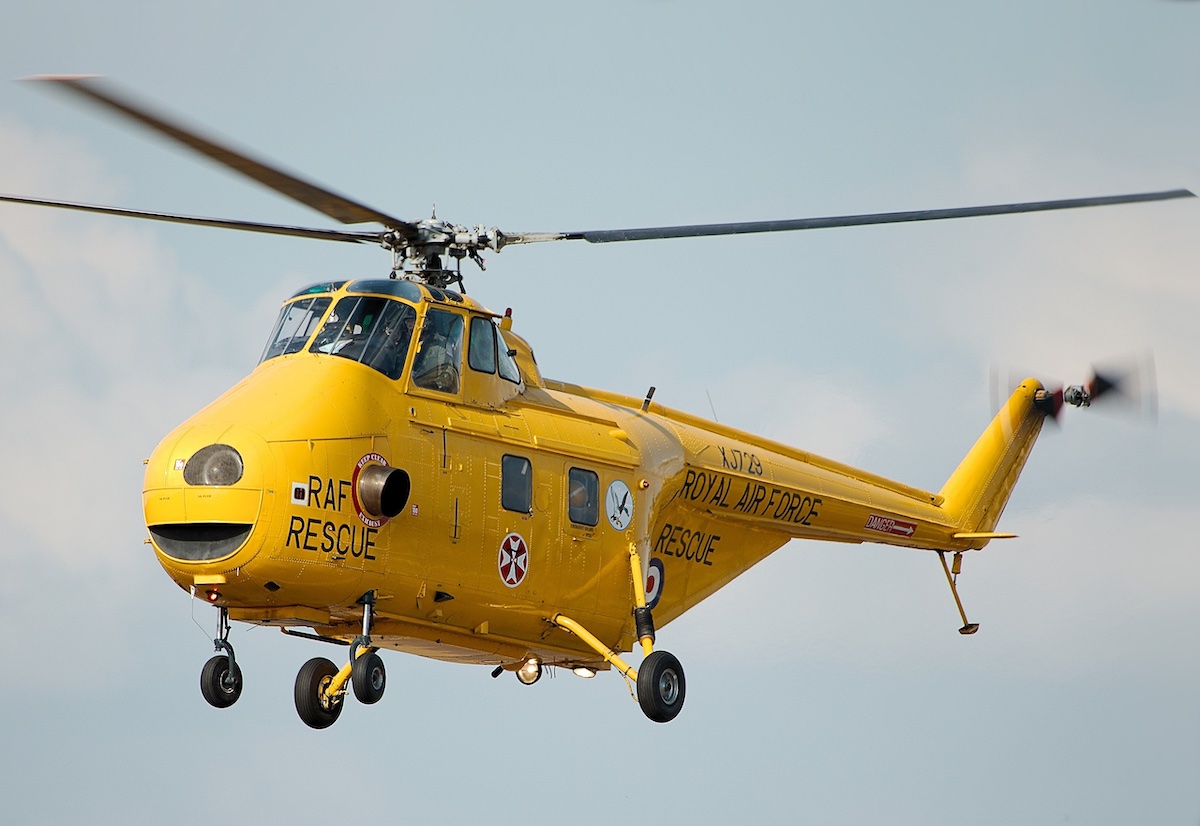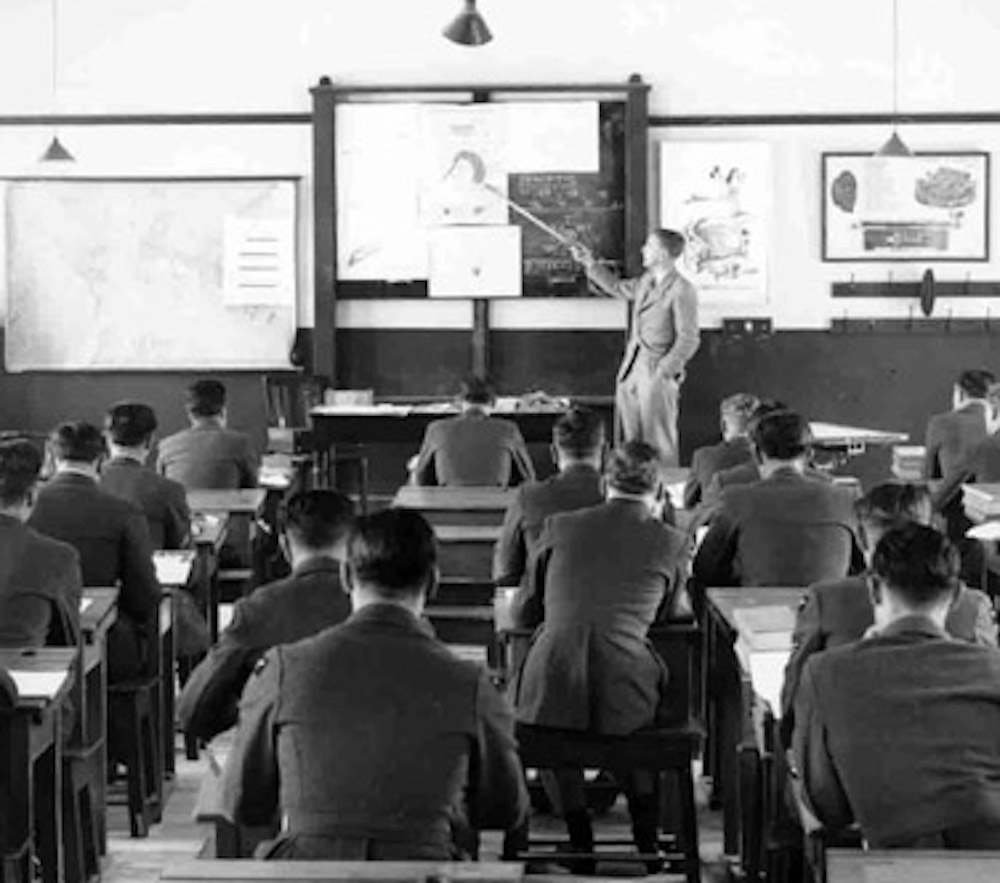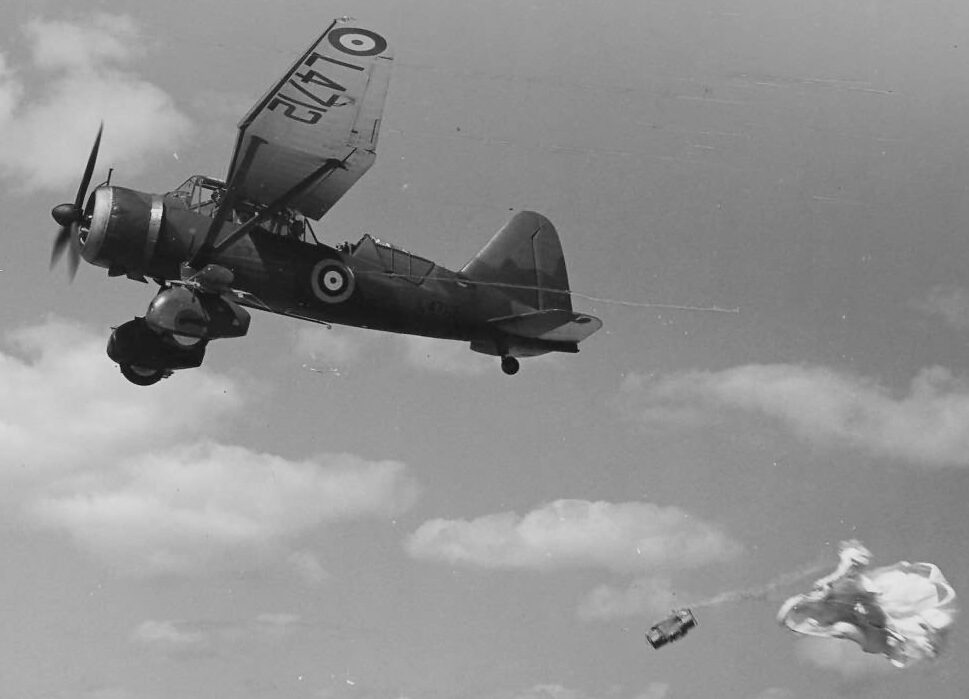In the 1950s helicopters like the Westland Whirlwind began to replace fixed wing aircraft and launches for rescue services thanks to their ability to hover to recover survivors. The superiority of helicopters was cemented in the 1960s with the Wessex and Sea King and they took over completely from airborne lifeboats.
Category: ASR
ASR focus moves from the South to Scotland.
Shift in ASR Focus from the South to Scotland to support large-scale anti shipping campaign. Supported by 279 Squadron at Thornaby, Teeside..Map?
ASR demand decreases after D-Day
After D-Day ASR demand starts to decrease thanks to operations moving inland on the Continent. This enabled 276 Squadron to move to the Continent to supply a local service..
School of Air Sea Rescue formed as part of concentration on aircrew survival training.
School of Air/Sea Rescue formed near Blackpool as part of concentration on preparing air crew for ditching procedures and in use of survival equipment.
US involvement further expands ASR capability
The arrival of US Air Forces added further impetus to the development of RAF ASR services. They climbed a steep learning curve regarding operations over the sea and provided significant assistance with equipment, training, organisation and aircraft including ‘spotter’ fighters to pass positions of ditched bomber crews..US Airforce logo
Crew losses lead to dedicated ASR Squadrons 275,276,277,278 with Hudson, Walrus and Lysander.
Agreement to significantly increased resources for ASR based oncerns that rescue services were not expanding in proportion to offensive operations. The proportion of rescued ditched aircrew had risen from 20% to 35% due to the new Services, more/better dinghies and improved equipment for locating crew. It was agreed that two Squadrons of Hudson aircraft should… Continue reading Crew losses lead to dedicated ASR Squadrons 275,276,277,278 with Hudson, Walrus and Lysander.
Estimated 35% of ditched aircrew saved
The improved dinghies, better training, increased numbers of High Speed Launches and better organisation have made a substantial impact on losses.
Air/Sea Rescue Service established to improve equipment, training and coordination.
6th February 1941 – the Sea Rescues Directorate (soon renamed ‘Air/Sea Rescue Services’) is formed responsible for co-ordinating all searches for aircraft and crew, for the development and dropping of equipment to located aircrew to increase chance of survival until rescue, provision of marine craft to effect rescues and training of aircrew in how to… Continue reading Air/Sea Rescue Service established to improve equipment, training and coordination.
Combined Services ‘Sea Rescue Organisation’ created
19th July 1940 Still only 14 launches in service. In just three weeks over 220 aircrew were killed or missing, the majority over the sea. As a result Vice Admiral Dover and AOC 11 Group formed a local ‘combined service’ involving the RAF, Navy and Lysander planes borrowed from the Army. This was formalised in… Continue reading Combined Services ‘Sea Rescue Organisation’ created
Estimated 20% of ditched aircrew saved.
.


